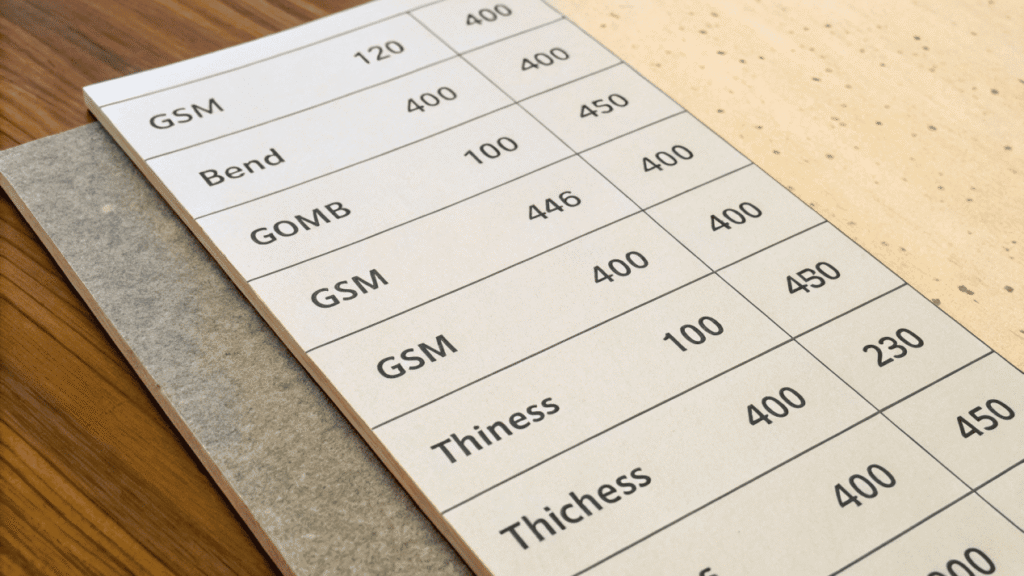Choosing the wrong paper weight can make your cup flimsy or your box too costly. Different regions use different units, and confusion can lead to expensive mistakes.
GSM measures weight per square meter, LB measures basis weight in pounds for North America, PT measures thickness in points, and MM measures thickness in millimeters. Understanding these prevents sourcing errors.
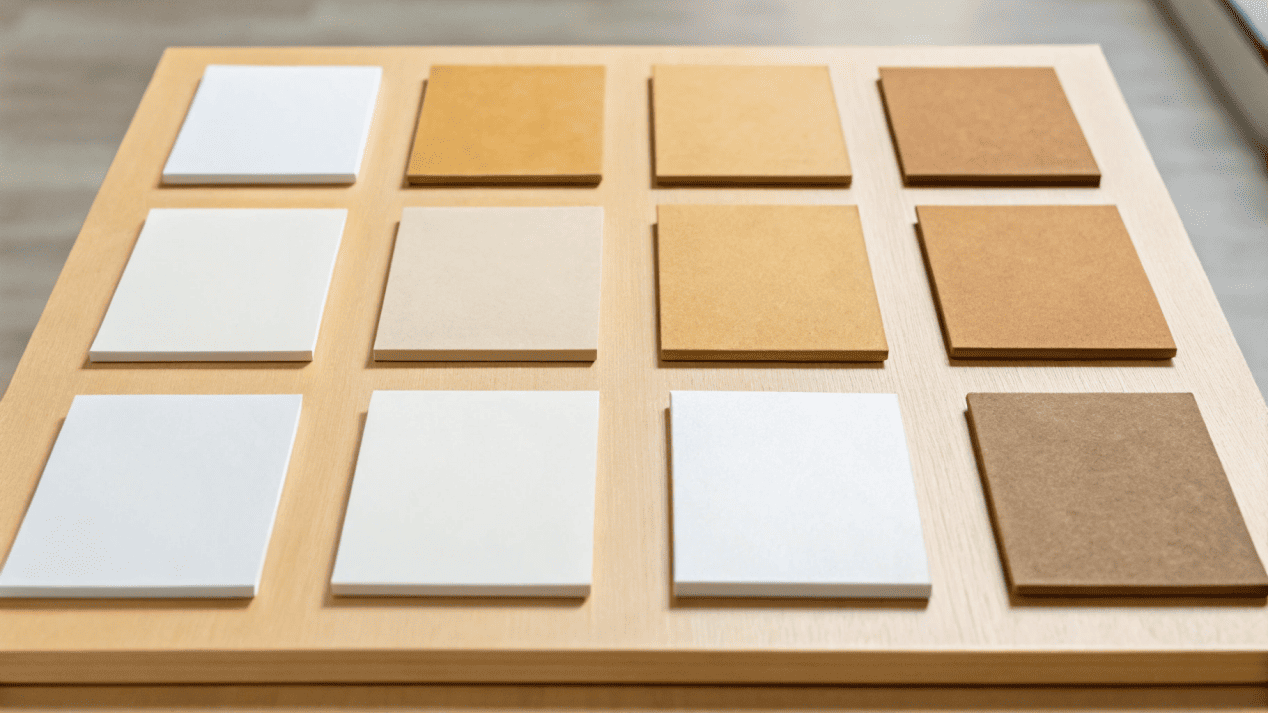
Over 21+ years, I've worked with clients in more than 80 countries, and I’ve seen how paper metrics can mislead new buyers. A “300 GSM” board in Asia might be described as “15 pt” in the U.S., yet they are not exactly the same thing. Misunderstanding this can affect strength, feel, and cost.
What Are GSM, LB, PT, and MM in Paper Measurement?
When you read paper specs, you’re often dealing with weight and thickness—but they are different properties.
GSM measures weight universally, LB is basis weight in North America, PT is thickness in thousandths of an inch, and MM is metric thickness.
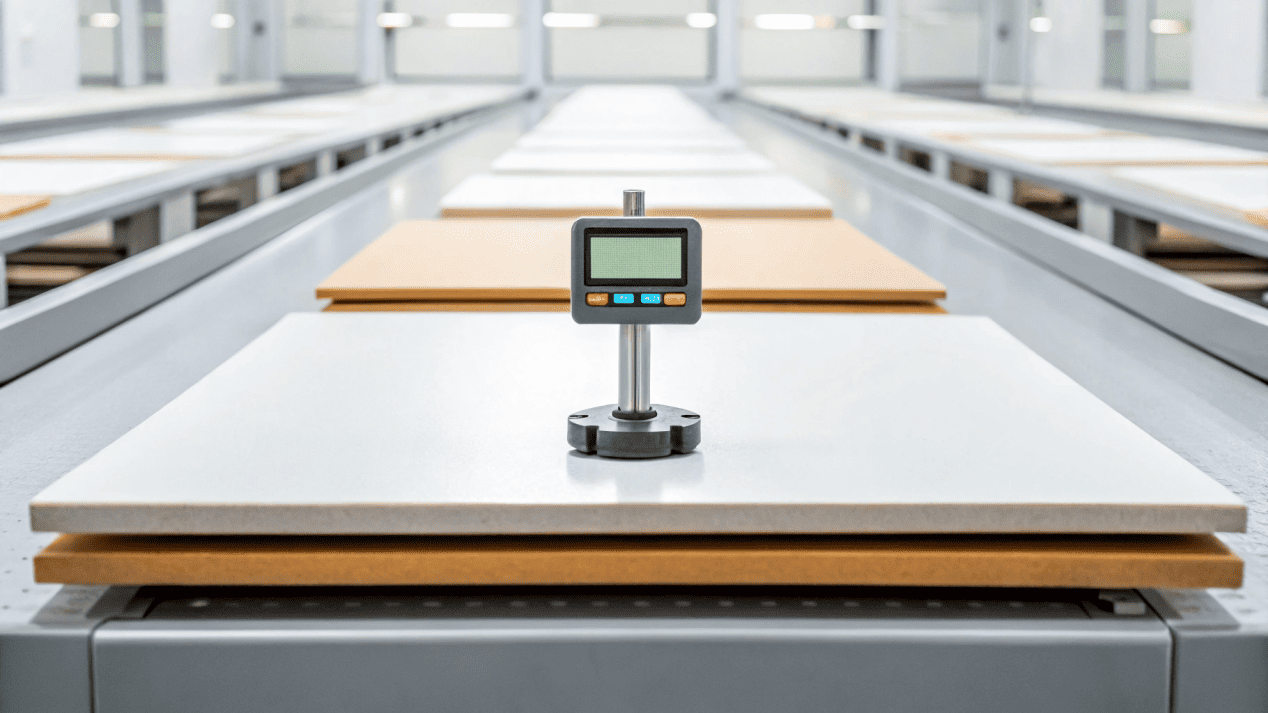
My first advice to clients is: Know the unit system your supplier uses. International work requires clear translations between these units. Here’s what each means:
Understanding Measurement Units
| Unit | Definition | Notes |
|---|---|---|
| GSM | Grams per square meter; weight of a 1 m² sheet. | Governed by ISO 536; higher GSM usually means stiffer, more durable paperboard. |
| LB | Pounds per ream (500 sheets) at basis size. | Basis size depends on paper type; 100 lb Text ≠ 100 lb Cover. |
| PT | Thickness in points (1 pt = 0.001 inch). | Indicates caliper, not weight; important for structural feel. |
| MM | Thickness in millimeters. | Metric caliper; easier to visualize than points. |
Weight and thickness are linked—but density changes between paper grades, so they don’t always match.
How Do You Convert Between These Units?
Exact conversions are impossible because density varies. Still, typical food-grade boards allow reliable estimates.
LB to GSM conversions depend on the paper category; PT to GSM links need average density values. Use charts for accuracy.
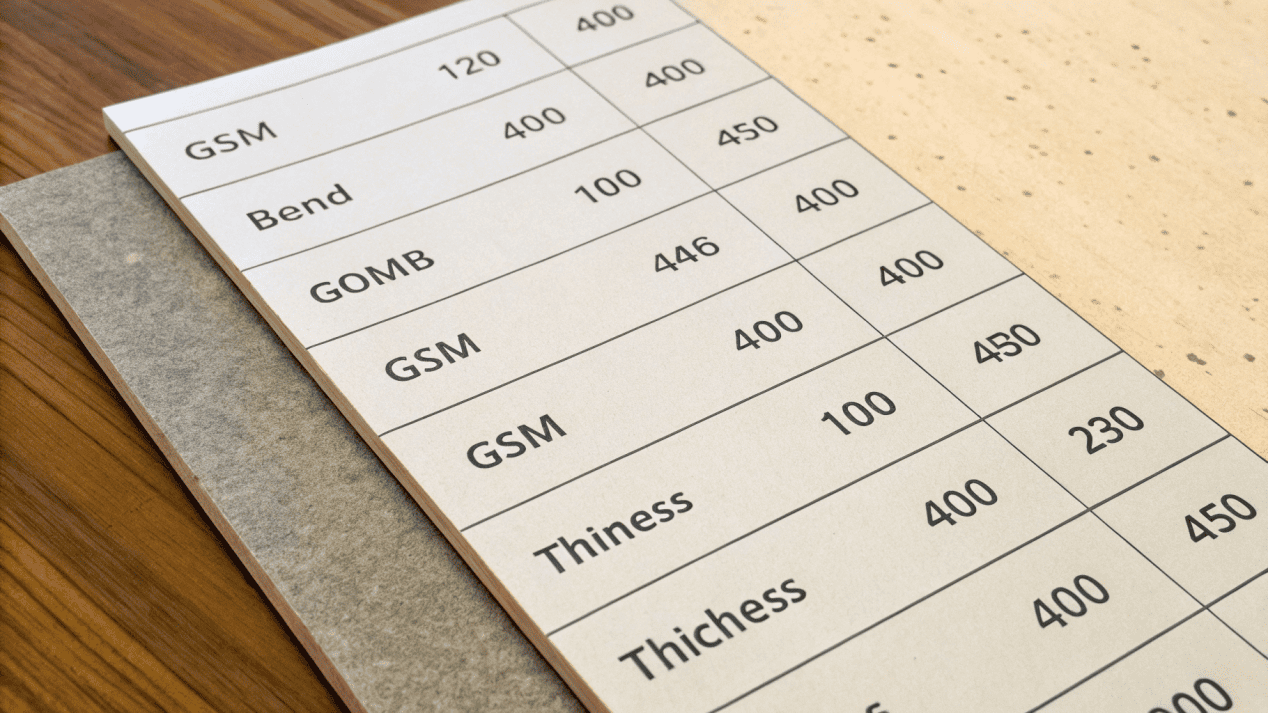
I tell my team: Treat conversion as estimation, not exact science. The safest way is to request GSM from suppliers, then match it to thickness for your product.
Common Food-Grade Paperboard Conversion
| GSM Approx. | LB (Cover Stock) Approx. | PT Approx. | MM Approx. | Typical Use |
|---|---|---|---|---|
| 210 | 78 | 12 | 0.30 | Small hot/cold cups |
| 250 | 92 | 14 | 0.35 | Standard cups, small bowls |
| 280 | 104 | 15-16 | 0.40 | Soup/Noodle bowls |
| 300 | 111 | 17 | 0.43 | Premium ice cream cups |
| 320 | 118 | 18-19 | 0.47 | Large capacity bowls |
| 350 | 130 | 21 | 0.53 | Takeout boxes |
Charts help you compare international specs instantly and avoid over- or under-specifying.
What Are the International Standards for Paper Weight?
Global trade requires understanding regional measurement norms to avoid delays or disputes.
ISO 536 governs GSM in Europe/Asia, TAPPI standards define LB in North America, and caliper can be measured in PT or MM worldwide.
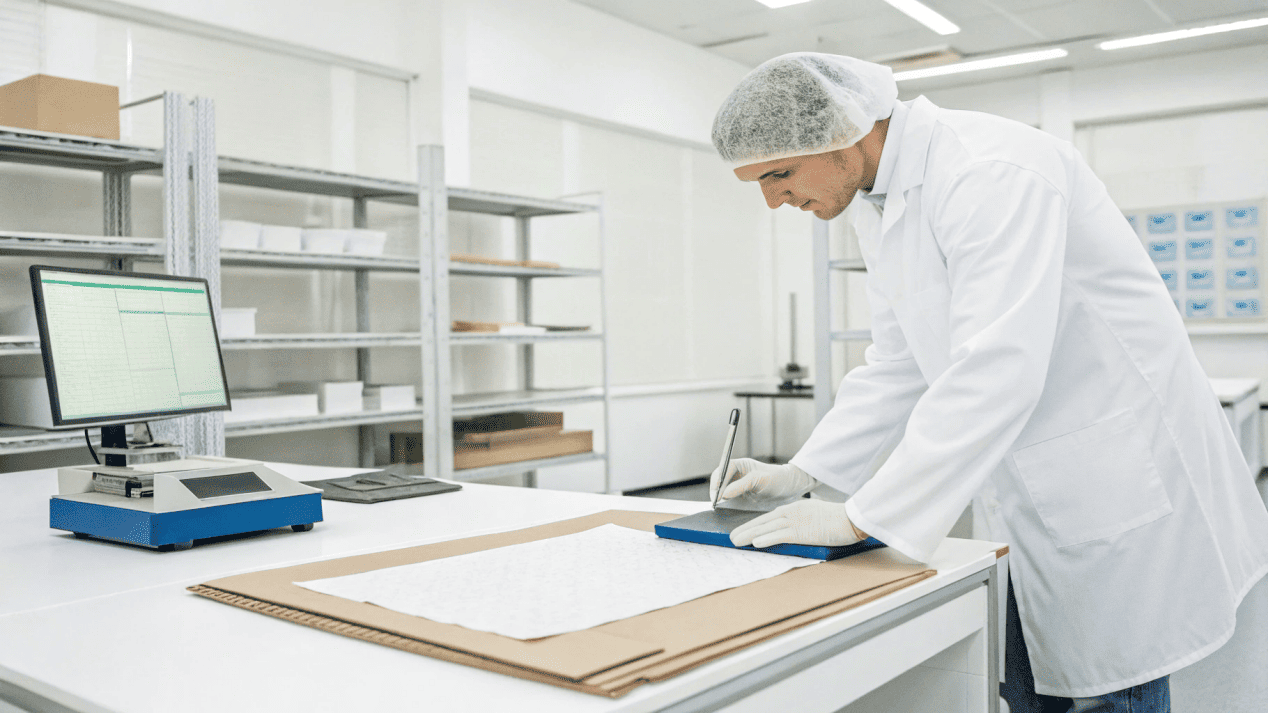
If your supplier uses LB but your designer works in GSM, you can hit problems. I remember a U.S. client wanting “100 lb cover stock” for cups—but that only equaled about 270 GSM, too light for hot soup. Knowing ISO GSM avoided a costly remake.
Standards to Note
| Region | Weight Standard | Thickness Standard |
|---|---|---|
| Europe / Asia | GSM via ISO 536 | MM via metric caliper |
| North America | LB via basis weight sizes | PT via inch-based caliper |
| Cross-border | Use GSM + MM for clarity | Match LB/PT when needed |
These common standards make ordering more consistent across borders.
Where Can You Get a Reliable Conversion Chart?
Paper specs are easier to handle with a ready chart on your desk.
Download our PDF chart for GSM, LB, PT, and MM conversions—it’s built from 21 years of manufacturing data for cups, bowls, and boxes.
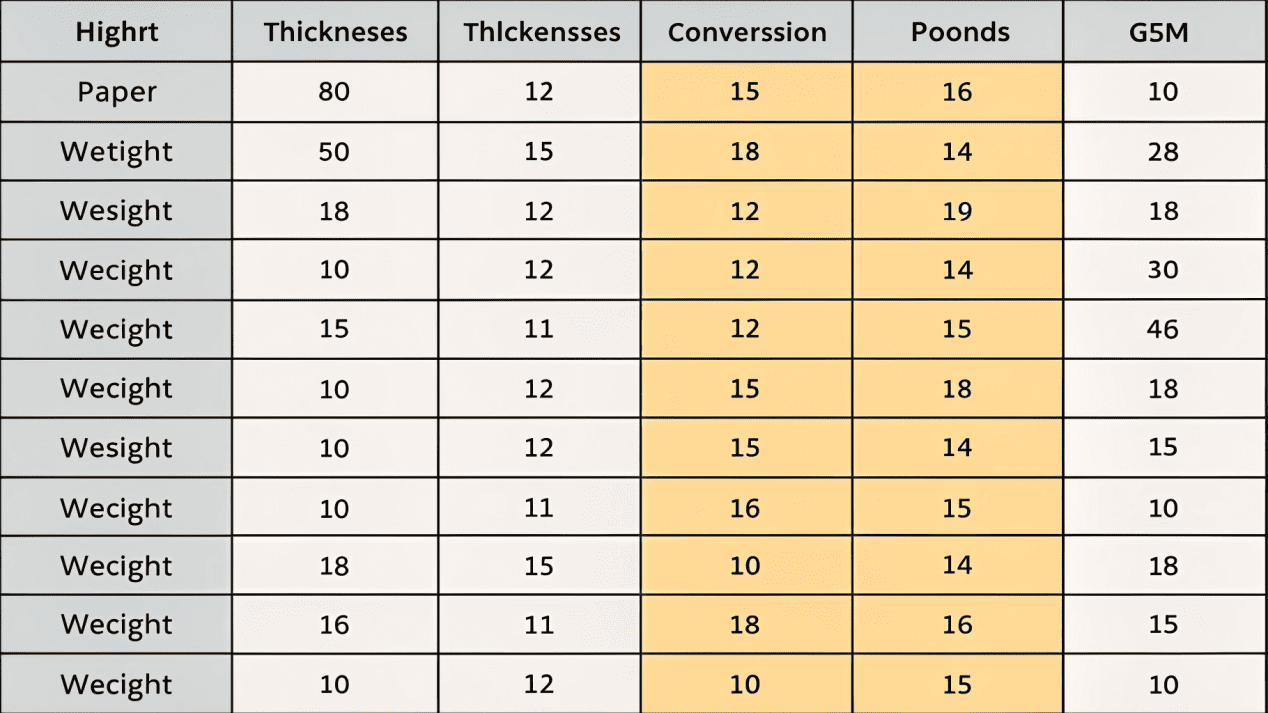
We give the chart to every new client. It prevents guesswork and speeds up approval times. One client told me it saved him two days on a packaging project because he could compare GSM and LB instantly.
[DOWNLOAD YOUR FREE PAPER WEIGHT CONVERSION CHART (PDF)]
Stop guessing—use metrics with confidence and let us match your needs to the ideal paperboard.
Conclusion
Know the units, use charts for conversions, respect regional standards, and work with suppliers who understand them all. Precision paperboard specs mean better products at the right cost.
